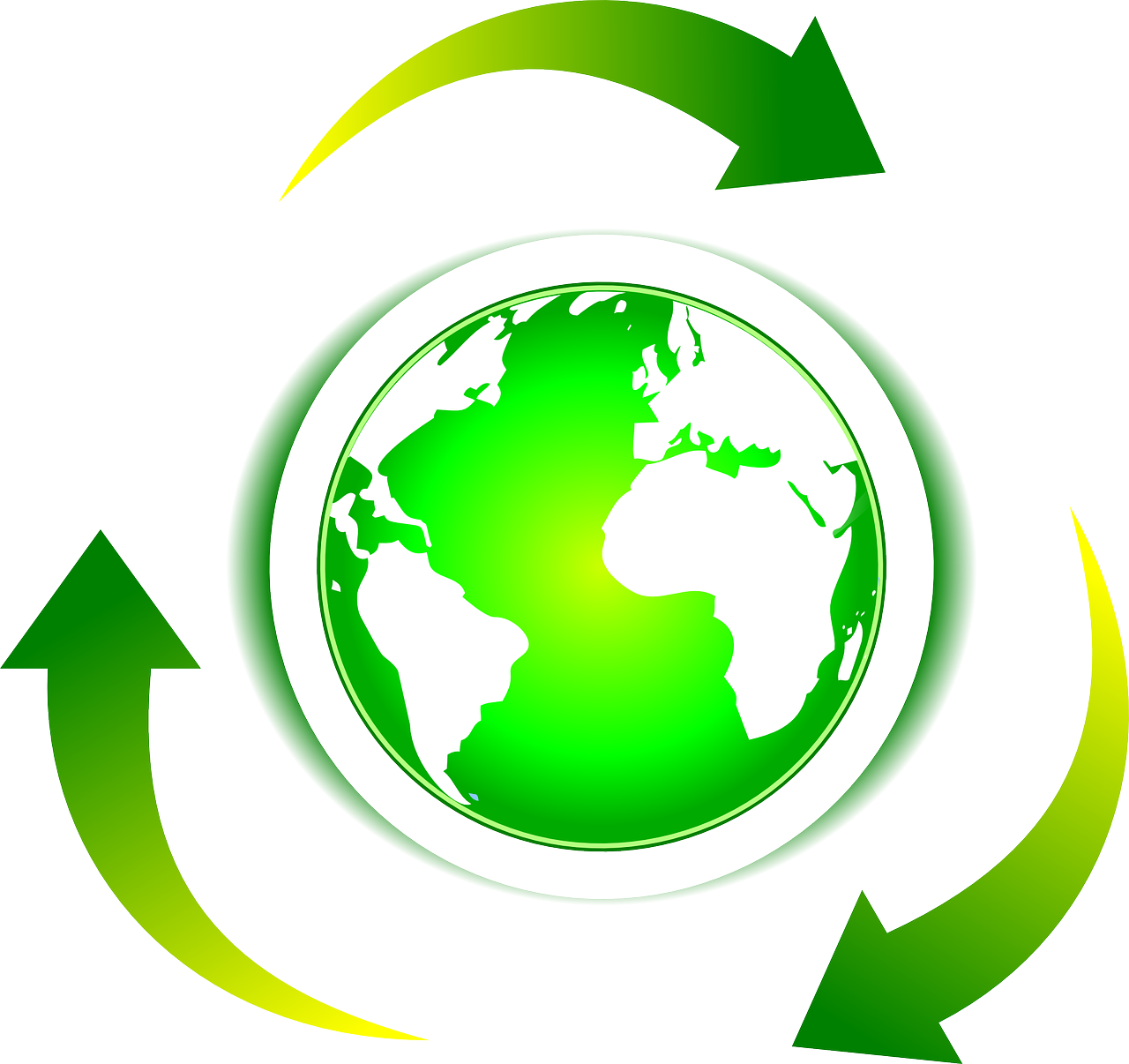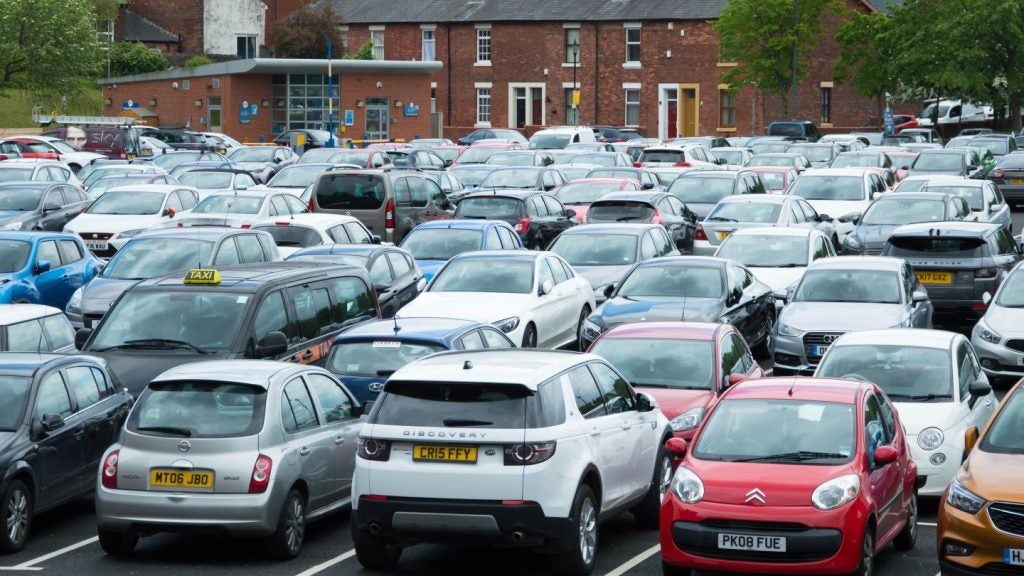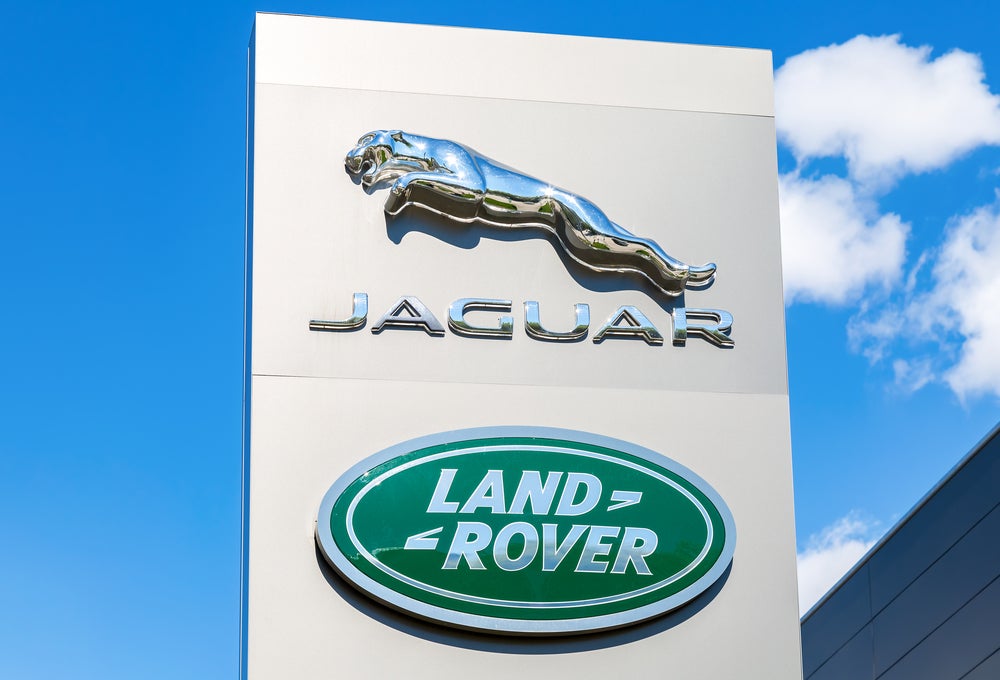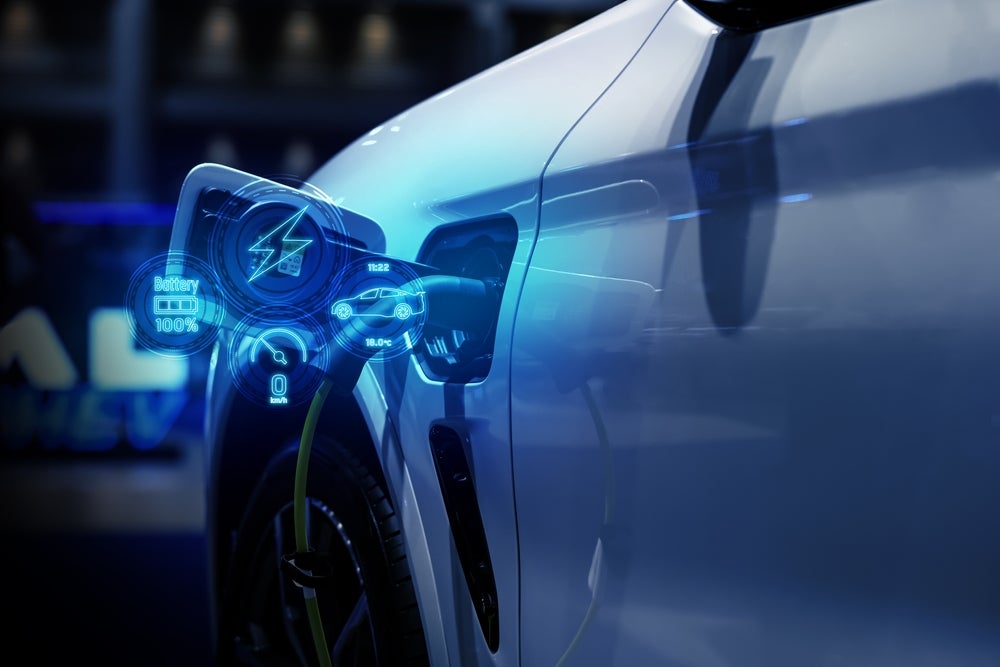
With the global economy on the rise – it is estimated that by 2030, the planet will be home to nearly 9 billion people – there will be a great challenge of meeting the increasing demand of products and services.
According to the World Bank, by 2025 the amount of municipal solid waste will increase from 1.3 to 2.2 billion tons per year.
The Ellen MacArthur Foundation have also stated that 80% of the $3.2 trillion annual valued loss on used materials is irreversible.
A model was created that focuses on the careful management of the use and reuse of materials.
Since the €24 billion EU Circular Economy Package was announced the circular economy has been attracting more attention and awareness.
Essentially, the circular economy promises the reuse of resources. The business models keep the products and materials in use for as long as possible so as to get the maximum value from them.

US Tariffs are shifting - will you react or anticipate?
Don’t let policy changes catch you off guard. Stay proactive with real-time data and expert analysis.
By GlobalDataDemand for circular economy business models – what can it do
Circular economy business models offer a variety of approaches so that products and materials can be used and reused.
Some of the possibilities that can come from circular economy business models include:
- Offering new commercial opportunities
- Contributing to growth and sustainability
- Generating new revenue
- Transforming business relationships among its various customers
- Protecting the economy against the threat of resource shortages and the rising cost of material
Circular business models cannot be achieved without a conscious involvement in making these changes.
This is because in today’s economy, there are numerous examples as to why the disposing of resources is currently perceived as being more cost effective than going through the processes of re-using them.
Examples of circular economy business models
Hire and Leasing
As an alternative to purchasing is to hire purchase or lease. Individuals are given the choice to own an asset during an agreed term by paying monthly instalments. After the term is over, the asset is then returned.
Performance/Service System
By providing a service that is based on delivering the performance outputs of a product where the manufacturer retains ownership and has the most control over the production of a product, the manufacturer would more likely produce a product that lasts.
Incentivised Return
Products are able to be refurbished and re-sold if there is a financial or other incentive offered upon return of the used product.
Asset Management
A products lifetime can be maximised by minimising new purchases through tracking an organisation’s assets, planning what can be re-used, repaired or redeployed at a different site.
Collaborative Consumption
Products are rented or shared between members of the public or businesses. These are often done through peer to peer networks.
Long Life
Products are meant to be designed to have a long life and are supported by guarantees and trusted repair services.
More discussion on circular economies can be seen in previous issues of Leasing Life, which look at what a circular economy is, the impact, and benefits and cons.







